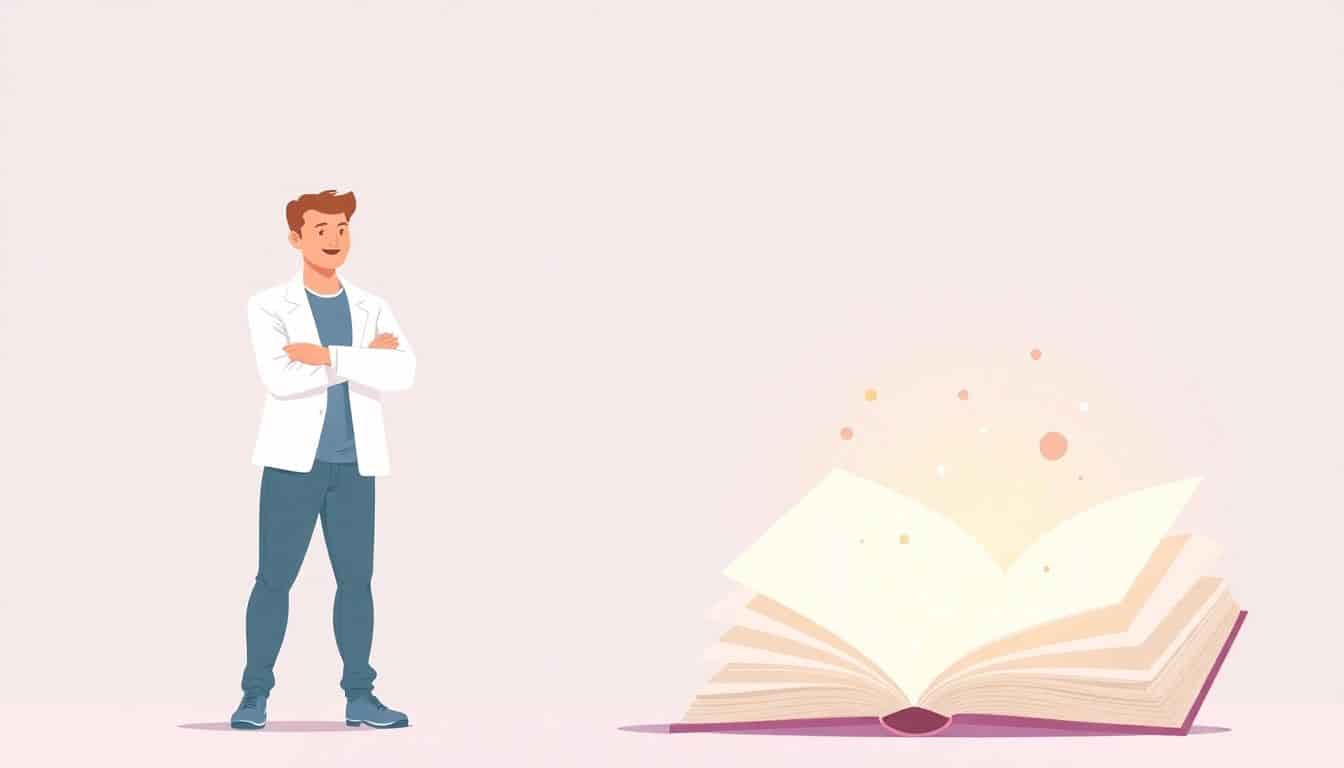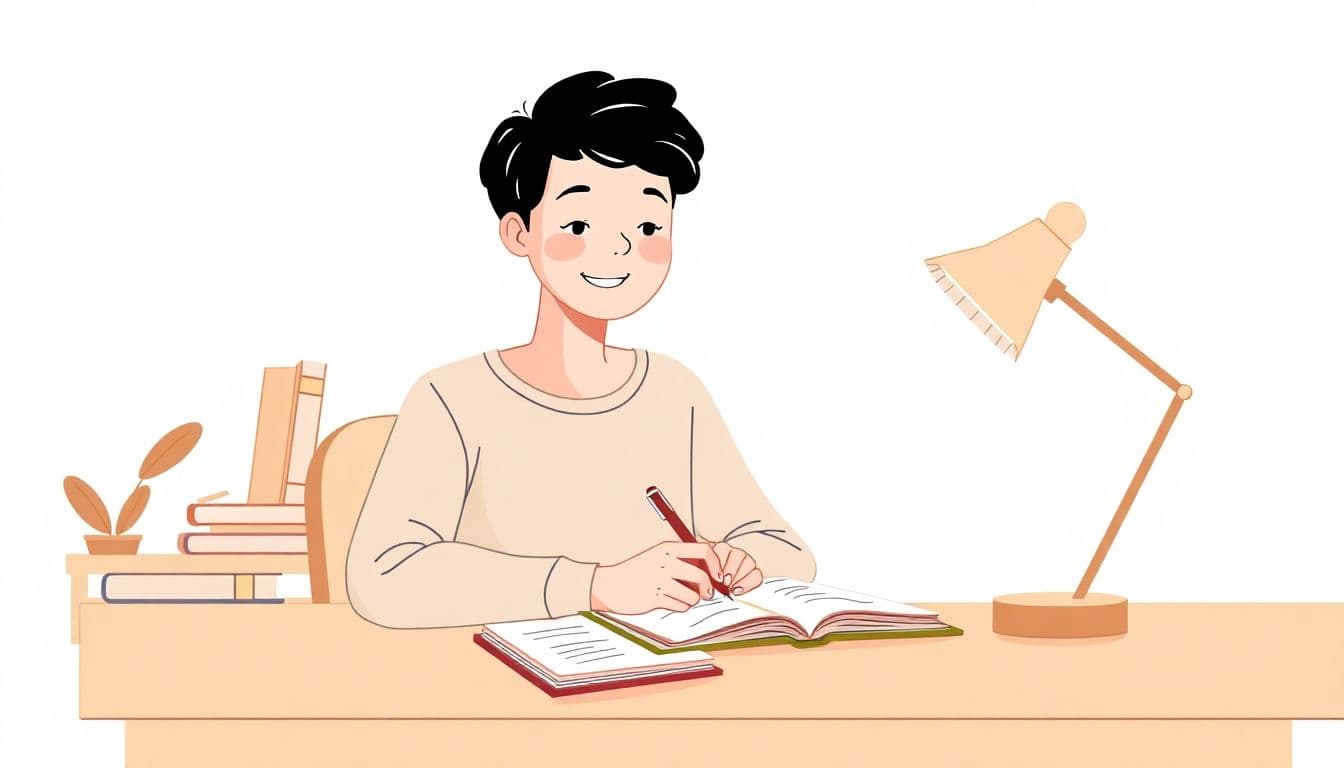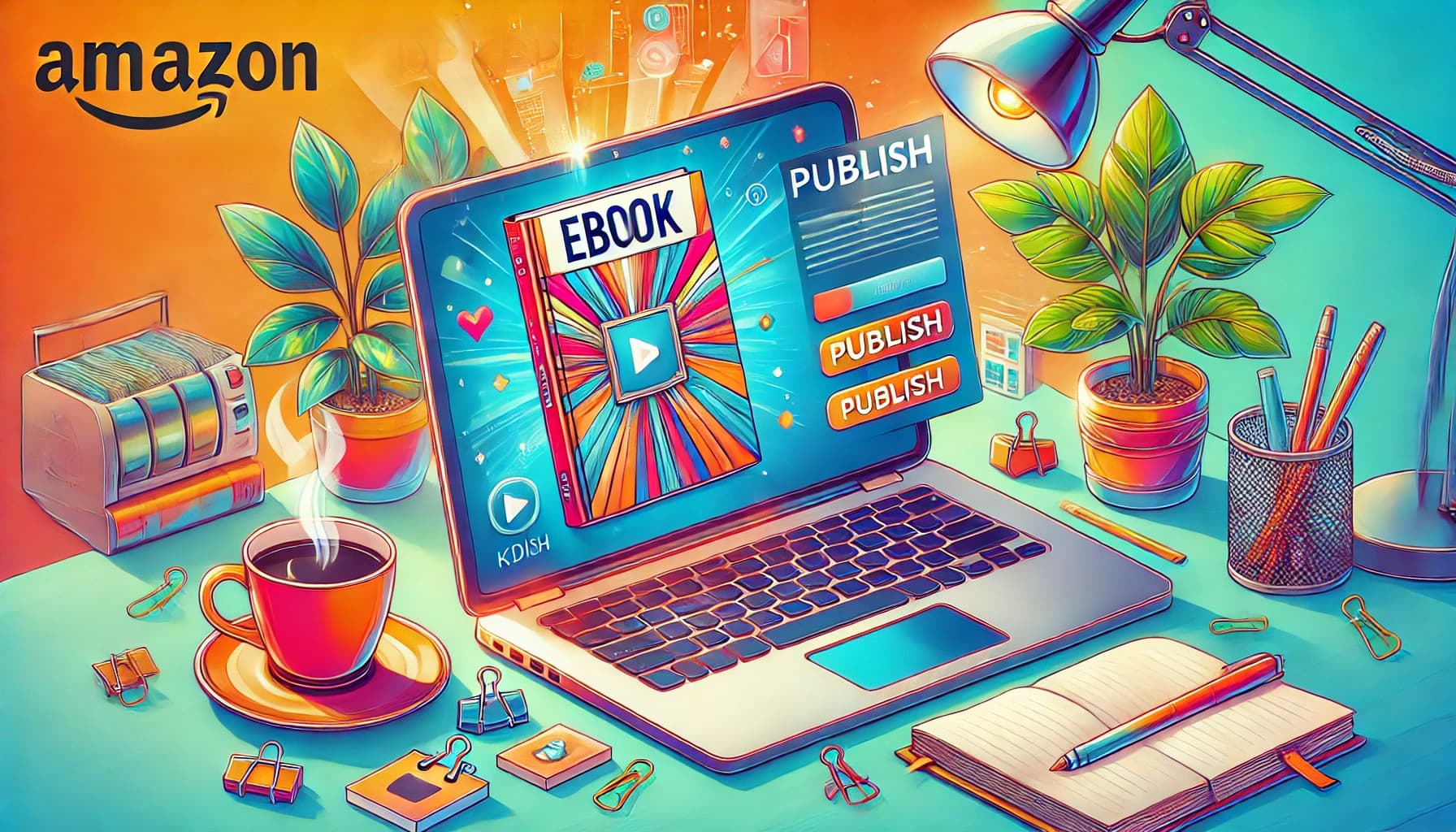Table of Contents
If you've thought about publishing your book but felt overwhelmed by the process, you're not alone. Many authors want more control and better rewards than traditional publishing offers, yet are unsure how to make it happen. Keep reading, and you'll see how indie publishing partnerships could be the answer—giving you a way to work with a publisher without giving up all your rights or footing the entire bill.
In this guide, you'll learn what indie publishing partnerships are, the perks they bring, and how to find the right fit for your goals. By the end, you'll have a clearer picture of whether teaming up with a publisher might be just what your writing journey needs. Let’s get started!
Key Takeaways
Key Takeaways
- Indie publishing partnerships let authors work with publishers while keeping rights and control. They share responsibilities, costs, and profits, offering a middle ground between self-publishing and traditional routes.
- Authors benefit from professional services, higher royalty shares (often 40-70%), and increased reach through publisher networks. This can boost earnings and visibility compared to self-publishing alone.
- The process involves selecting a manuscript, working on each production stage together, and defining roles clearly. Costs and profit splits vary based on each partnership’s setup.
- Partnerships improve marketing and distribution by accessing publisher contacts, running joint campaigns, and getting books into stores and online platforms more efficiently, expanding sales potential.
- Before joining a partnership, research the publisher’s reputation, clarify contracts, and ensure creative control aligns with your goals. Good communication and transparency are essential.
- Compared to self-publishing and traditional publishing, indie partnerships offer a balance of control, income, and support, suited for authors who want independence without going totally solo.
- Choose a partner by asking about their experience, checking their track record, reviewing their services, and making sure their approach matches your vision and needs.
- Successful examples show that collaborating with the right publisher can help books reach wider audiences faster, increase sales, and open new opportunities for authors.

1. What Is an Indie Publishing Partnership?
An indie publishing partnership is a collaboration where an author teams up with a publisher to create, produce, and distribute a book. Unlike going solo, both parties share responsibilities, creative input, costs, and profits. Think of it as a team effort that combines indie spirit with professional support.
This model differs from self-publishing, where the author does everything themselves—cover design, editing, marketing—often with limited resources. The author maintains full control but also bears all the costs and risks. On the other hand, traditional publishing involves a publisher taking charge of most aspects, including editing, marketing, and distribution, but authors usually give up a significant chunk of rights and royalties.
Indie publishing partnerships strike a middle ground, allowing authors to keep rights and creative control while benefiting from the publisher’s expertise, tools, and reach. It's perfect for creators who want independence but also appreciate professional support to elevate their books.
2. Benefits of Indie Publishing Partnerships for Authors
One of the biggest perks? You keep most or all rights to your work, giving you freedom over content, design, and pricing strategies. This means you can adapt your book's marketing and sales plans without waiting for a publisher’s approval.
Partnering also grants access to professional services—like editing, cover design, marketing, and distribution—that might be costly or time-consuming to handle alone. The publisher’s connections to bookstores and online platforms can significantly boost your reach.
Authors generally earn higher royalties from indie partnerships compared to traditional deals. While traditional publishers might give around 10-15%, indie partnerships often see authors earning 40-70%, especially when combined with direct sales channels. Plus, sharing investment and expenses with your publisher reduces the financial risk for both sides.
In fact, data shows that indie authors' incomes surged in recent years—median earnings up by 53% in 2023—highlighting that effective collaborations can pay off. If you’re ready to take some ownership of your work, forming a solid indie publishing partnership could be a game changer.
3. How Indie Publishing Partnership Models Work
The process typically starts with selecting the manuscript that’s ready to go or in need of polishing. Once the project is greenlit, the author and publisher form a team, often including editors, designers, and marketing experts.
During each stage—editing, cover design, formatting, marketing—the duo works together, sharing input and responsibilities. Clear communication ensures everyone’s on the same page, helping produce a quality book.
Financial arrangements vary: some partnerships involve sharing production costs equally, while others might see the publisher investing more upfront in exchange for a higher royalty split. Sometimes, authors agree to pay for specific services upfront, reducing ongoing costs, or they might share profits after expenses are recouped.
Roles are also defined early on: authors usually handle the content, initial marketing efforts, and providing feedback. Publishers take care of technical production, distribution, and leveraging industry connections to get the book onto shelves and various online platforms.
It’s like building a custom team that fits your goals: knowing who does what helps prevent misunderstandings and keeps the project moving smoothly.
4. Marketing and Distribution Benefits of Partnerships
Partnering with a publisher means tapping into their existing network—think independent bookstores, regional events, and industry contacts—that you might not reach alone. This boosts your book’s visibility beyond just online stores.
Collaborative marketing plans involve joint efforts, such as social media campaigns, email newsletters, and author/publisher website promotions. You can also develop special bundles or run giveaways that appeal to different audiences.
Using creative strategies like cross-promotions or limited-edition releases helps build buzz and attract new readers. For example, a publisher might team up with local bookstores for launch events or author signings, giving your book more credibility and local exposure.
Distribution is also streamlined through partnerships—your publisher can get your book onto major online platforms, brick-and-mortar stores, or international markets more efficiently than going solo. This combined effort can dramatically expand your reach and sales potential.
In the current indie scene, these collaborations are especially vital—statistics show that publishers like Diversion Books have partnered with audiobook producers and digital marketers to grow their sales, which increased by over 130% in 2024 compared to two years earlier. Leveraging their connections makes a real difference in getting your book noticed.

5. Things to Consider When Entering an Indie Publishing Partnership
Before jumping into an indie publishing partnership, it’s smart to do some homework.
Check the publisher’s reputation—look for reviews or testimonials from other authors.
Don’t just trust slick marketing; ask for examples of their past work and success stories.
Make sure the contract clearly spells out royalty rates, rights, and responsibilities—no surprises later.
Understand who is responsible for what, especially around marketing and distribution.
Be cautious about any clauses that limit your creative control or tie you down to unfavorable terms.
Have an honest talk about expectations—are they offering just a bit of support, or do they want full control?
Set milestones and clear communication channels so everyone stays on the same page.
Remember, a good partnership should feel like a team effort, not a one-sided deal.
Also, consider how the publisher handles marketing; do they have a track record of success?
Finally, trust your instincts—if something feels off, it’s worth taking a step back and reassessing.
If you want to better understand what to look for, you might find this guide on (https://automateed.com/how-to-get-a-book-published-without-an-agent/) helpful.
6. Differences Between Indie Partnerships, Self-Publishing, and Traditional Publishing
Want a quick comparison? Think of it like choosing a route on a map—each has its own pros and cons.
In indie partnerships, you keep most rights, share costs, and work closely with a publisher.
Self-publishing puts you in the driver’s seat—full control, full responsibility, and all costs on you.
Traditional publishing generally means giving up some rights and royalties, but you get industry backing and distribution.
Your creative control is highest with self-publishing, while traditional deals often involve relinquishing some.
Royalty rates tend to be lowest in traditional publishing—around 10-15%—but they handle most of the work.
Indie partnerships usually offer higher royalties—often between 40-70%—because you share profits.
Market reach varies: traditional publishers have wide distribution channels, whereas self-published books rely on your marketing.
Hybrid models, like indie partnerships, blend these advantages—more control, better income, and professional support.
If you want to see a clear side-by-side, check out this (https://automateed.com/difference-between-paperback-and-hardback-a-comprehensive-guide).
7. How to Choose the Right Indie Publishing Partner
Choosing a partner can feel overwhelming, but a few questions can make it easier.
Start by asking about their experience—how long have they been in the game?
Look into their portfolio—what types of books have they successfully supported?
Get a sense of their communication style; do they respond quickly and clearly?
Review their contract thoroughly—are the royalty terms fair? Do rights revert back to you after a set time?
Ask about their marketing approach—do they have a plan for promotion and distribution?
Find out what services they offer—editing, design, publicity—and whether these align with your needs.
Talk to other authors they’ve worked with—what’s their experience been like?
Make sure the partnership aligns with your goals—do you want broad distribution or targeted niche marketing?
Trust your gut—if something feels off, consider shopping around.
For a checklist on evaluating potential partners, try this (https://automateed.com/how-to-get-a-book-published-without-an-agent/).
8. Real-World Examples of Indie Publishing Partnerships
Let’s look at a couple of stories where collaboration made a real difference.
**Diversion Books** partnered with Recorded Books to create audiobook versions of their titles, boosting sales significantly in 2024.
This collaboration helped Diversion increase its digital reach and tap into audiobook audiences.
Similarly, **Spiegel & Grau**, a newer indie publisher, saw a 136% sales jump in 2024 after forming a co-production agreement with Spotify for audiobooks.
They also teamed up with Open Road for marketing a backlist of 2,000 titles, giving their older works fresh life.
On the author side, Emily, a small-town writer, teamed up with a publisher that handled her distribution and marketing, allowing her to focus on writing.
Her book reached major online stores faster, helping her earn more and gather reviews.
These examples show that collaborating with the right partner can open doors and accelerate growth in ways solo efforts might struggle with.
If you want more inspiration, check out this article on (https://automateed.com/realistic-fiction-writing-prompts/).
FAQs
An indie publishing partnership is a collaboration where the author and publisher share creative control, costs, and profits. It differs from self-publishing by involving a partner with professional services and shared responsibilities.
Authors retain more rights and control content, design, and pricing. They also gain access to professional services like editing and marketing, receive higher royalties, and share financial risks with their publishing partner.
The process involves selecting a manuscript, forming a team, and sharing responsibilities. Financial arrangements often include sharing costs or investments, with roles divided between the author handling creative aspects and the publisher managing production and distribution.
Partnerships benefit from publishers' contacts with indie bookstores and local marketing efforts. Both parties develop custom marketing plans, using tactics like promotions and giveaways to reach wider audiences efficiently.



